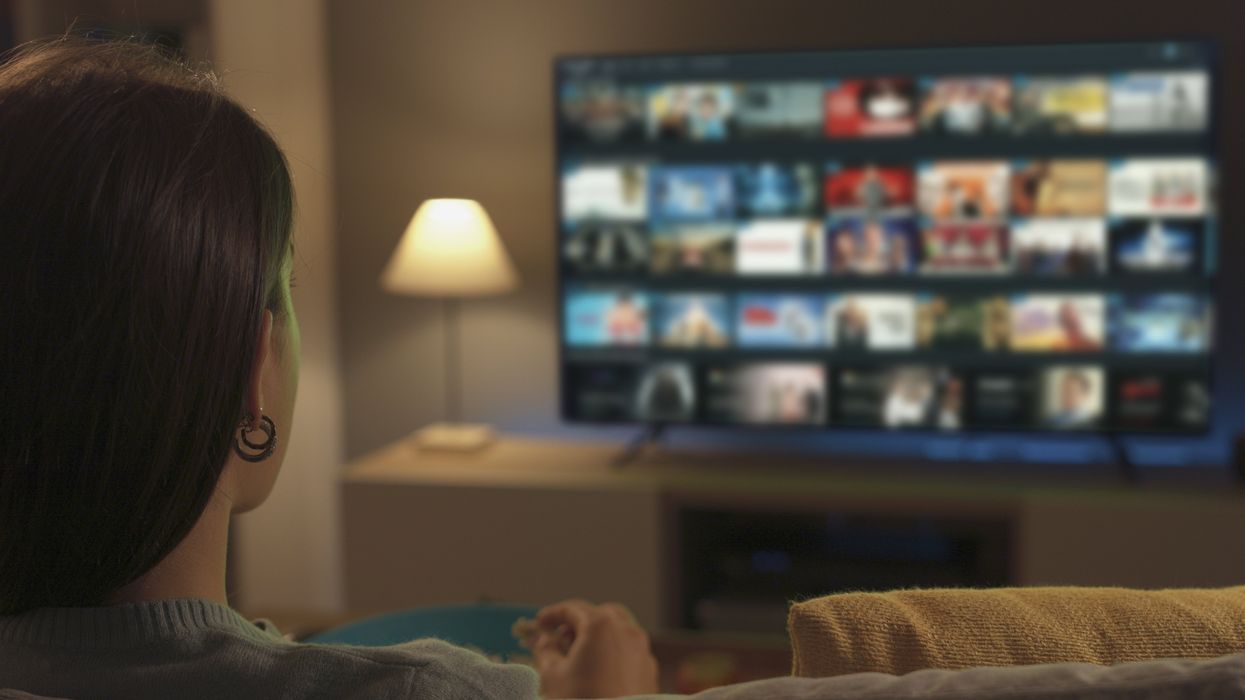
Teenager's pain is 'trivialised' by Netflix shows, according to new study
Netflix shows are not doing enough to represent the kind of pain typically experienced by teenagers (12 to 18-year-olds), a new study has found.
From the findings, researchers at the University of Calgary and the University of Bath have urged the streaming giant to move away from depicting stereotypical scenes such as the stoic boy and the helpless girl who needs to be rescued and prioritizes his suffering over her own.
“Media is one of the most powerful engines of influence on children’s development and could be harnessed to address pain and suffering in the world," Dr. Melanie Noel, PhD, principal investigator and professor of clinical psychology at the University of Calgary said.
"Stories matter. Fictional stories can matter more in some cases than real-life stories. So, let's create stories to reflect the world we want to see: A humane, diverse, inclusive, equitable, compassionate, and caring world.”
Approximately 60 hours of Netflix content (10 movies and the first seasons of 6 TV shows) were analysed by researchers which ranged from viewing hit shows like Stranger Things, and Sex Education, to popular movies such as Spiderman: Homecoming, Enola Holmes, and To All The Boys I’ve Loved Before which all have teenage protagonists.
In this analysis, it was found that there were 732 painful incidents in total - a mean of 10.24 incidents of pain every hour.
Furthermore, most of the pain shown on screen came about through violence and injuries and didn't tend to focus on the other types of everyday pain e.g. a character falling over or bumping their knee at 21 per cent and chronic-type pain (i.e., headache, abdominal pain, backache), being much less common at just 1 per cent.
Male characters were more likely to experience pain in comparison with girl characters (77 per cent), and twice as likely to help girl sufferers portray the hero cliché while female characters appeared more emotional and witnessing pain.
Additionally, 78 per cent of white characters were depicted as suffering pain, compared to 22 per cent of racialized characters suffering pain and 80 per cent of racialized characters suffering was caused by another person.
“If we’re not showing the types of pain that adolescents might typically experience like back pain and menstrual pain, then we’re trivializing pain,” says Dr. Abbie Jordan, PhD, co-author and senior lecturer at The University of Bath.
“We’re not doing a great job of enabling them to think about how to manage pain, how to talk about pain and how to show empathy when other people experience pain.”
Pain representation is important, particularly because chronic pain can emerge during this developmental period of our life and this affects one in five teens.
Therefore, researchers have expressed how they would like the chance to work with Netflix along with other production companies to ensure more of what we see in real life is also conveyed on screen too.
Dr. Noel added: “I believe understanding how pain is portrayed in popular media — the societal and cultural narratives about pain — is among the most powerful influences on children’s developing understanding of not only their pain experiences, but how they show up for others who suffer."
This study was published in the journal Pain.
How to join the indy100's free WhatsApp channel
Sign up to our free indy100 weekly newsletter
Have your say in our news democracy. Click the upvote icon at the top of the page to help raise this article through the indy100 rankings.













